
Albert Figdor Collection: Sweets for the ladies. Cigars for the gentlemen
Albert Figdor (May 16, 1843 - February 22, 1927) came from a Jewish family of entrepreneurs with Hungarian roots. His ancestors settled in Vienna at the end of the 18th century as wool merchants and ran their international business from there. They were so successful that after a few years they became part of the city's upper class and moved in the highest circles. Albert began collecting sculptures, furniture and small art objects as a young man. He studied law in Vienna, obtained a doctorate and then joined his family's banking business, where he was involved in financing the construction of the Gotthard Railway, among other things. In 1876, his father, the entrepreneur and banker Ferdinand Joachim Figdor (born 1805), died and bequeathed a large fortune to his three children. At the age of just 33, Albert was able to give up his job at the bank to devote himself entirely to his passion for collecting.
A GRACIOUS HOST
Various authors have reported in their writings on visits to Albert Figdor, including famous art historians such as the Berlin museum man Wilhelm von Bode or Gustav Glück and Ernst Buschbeck, both of whom later became directors of the Kunsthistorisches Museum in Vienna. They describe him as an educated, interested and humorous conversationalist who enjoyed showing his colleagues his treasures and sharing his knowledge with them. He seems to have been an elegantly dressed grand seigneur, an amiable and approachable host who kept fine sweets in stock for the ladies and the most expensive cigars for the gentlemen. What an enviable daily routine: Albert Figdor used to spend the morning and afternoon "organizing the collection (...) and receiving frequent visitors and not least the small agents" 1, while in the afternoon he viewed the new arrivals from the Viennese antique and art dealers. For variety, Figdor traveled all over Europe to track down interesting objects himself. He was also in contact with numerous dealers at home and abroad, who made him offers to add to his art collection.
12 ROOMS. STACKED FULL OF ART.
In 1879, following the death of his uncle Gustav, his father's brother, Albert came into possession of the five-storey Figdor City Palace at Löwelstrasse 8 in Vienna, built by the architect Viktor Rumpelmayer. Figdor moved into a 12-room apartment on the third floor, which he completely furnished with objects from his collection. He did not follow any particular system and did not arrange the pieces according to materials, content or chronology, but arranged everything according to his personal taste.
EUROPE'S LARGEST PRIVATE COLLECTION.
At the beginning of the 20th century, Albert Figdor's art collection was considered the largest private collection in Europe. It included paintings, miniatures, sculptures, ivory carvings, tapestries, clocks, gold and silversmith's work from altars to jewelry as well as relics and around 300 pieces of furniture of all kinds. As Figdor had a particular fondness for objects of domestic and craft use, chandeliers, stoves, metal vessels, tiles, faience, stoneware, glassware, games, toys, medals, textiles, tools and many other groups of objects were added, demonstrating the broad spectrum of their respective genres. The actual size of the encyclopedic collection seems never to have been determined in terms of numbers; it was estimated at 5,000 to 6,000 artifacts.
WORKS OF ART AS LIVING WITNESSES TO HISTORY
The selection of works of art from the Middle Ages and the Renaissance corresponded to the taste of the second half of the 19th century, which was particularly characterized by an interest in past "styles" and cultural-historical contexts. As authentic historical testimonies, Figdor used the individual objects to illustrate life in earlier times. He selected the pieces for his collection with an exceptional sense of quality and placed the highest demands on the artistic design, execution and state of preservation of the objects he acquired. The paintings and sculptures included some outstanding works of art, such as the "Prodigal Son" by Hieronymus Bosch, the "Carrying of the Cross" from Lorch and two reliefs, which are now regarded as major works of Ottonian ivory sculpture. However, Figdor acquired them less as masterpieces of art than for their cultural-historical significance.
EVERYTHING HAS ITS ORDER
Josephine Hildebrand reports that Figdor liked to put together small arrangements according to thematic aspects. For example, he assigned "...various original leather falcon caps, a golden piece of jewelry in the finest enamel with the depiction of a falconess, a wooden falcon that may have served as a decoy during the hunt... "2 and other objects to an altarpiece by the Master of the Magdalene Legend depicting a ride to the falcon hunt. In this way, various aspects of falconry, which was a popular pastime at princely courts, especially in the Middle Ages, were illustrated in a differentiated way.
In 1891, Albert Figdor attempted to place his treasures in the care of the Kunsthistorisches Museum, but Count Trauttmansdorff, the chamberlain responsible at the time, turned down the offer of a foundation. A few years later, the collector decided to appoint his niece Margarethe Becker-Walz, who lived in Heidelberg, as universal heir. After his death in 1927, however, a difficult situation arose: Becker-Walz's efforts to take the collection out of the country in individual parts failed due to the Austrian Monument Protection Act, which stipulated that the entire collection had to be preserved. In 1928, she therefore decided to sell her inheritance to a consortium initiated by the Viennese art dealer Gustav Nebehay. In return for donating some of the objects to the Republic of Austria (now the Kunsthistorisches Museum and Museum of Applied Arts in Vienna), permission to export the rest was negotiated. The works of art were then cataloged in five large-format volumes by eminent art historians and auctioned off by the auction houses Artaria and Glückselig in Vienna from 11 to 13 June 1930. A second auction on September 29 and 30, 1930 at Paul Cassirer in Berlin finally sealed the end of what was probably the most important and original private collection of its time.
Many of the art treasures once acquired by Albert Figdor can now be found in important museums around the world. It is a particular stroke of luck for NEUMEISTER to now be able to offer 21 privately owned pieces from this important collection. The objects were acquired by Figdor's descendants in 1930 and have remained in the possession of the collector's family to this day. At the June auction, a particularly exciting chapter of art history will now be presented.
Literaturhinweise 1 Gustav Glück, Dr. Albert Figdor und seine Sammlung. In: Zeitschrift für bildende Kunst, 1928, Jg. 61, S. 252) 2 Josephine Hildebrand, Albert Figdor, Wien (1843 – 1927) Sammler aus Berufung. In: Julius-Lessing-Gesellschaft (Hg.), Glück, Leidenschaft und Verantwortung. Das Kunstgewerbemuseum und seine Sammler, Ausst.-Kat. Berlin 1996, S. 27 – 31 3 Ernst Buschbeck in „Belvedere. Monatsschrift für Sammler und Kunstfreude“, Nr. 11, 1927, S. 3 – 5 FRANZ VON LENBACH 1836 Schrobenhausen – 1904 München.
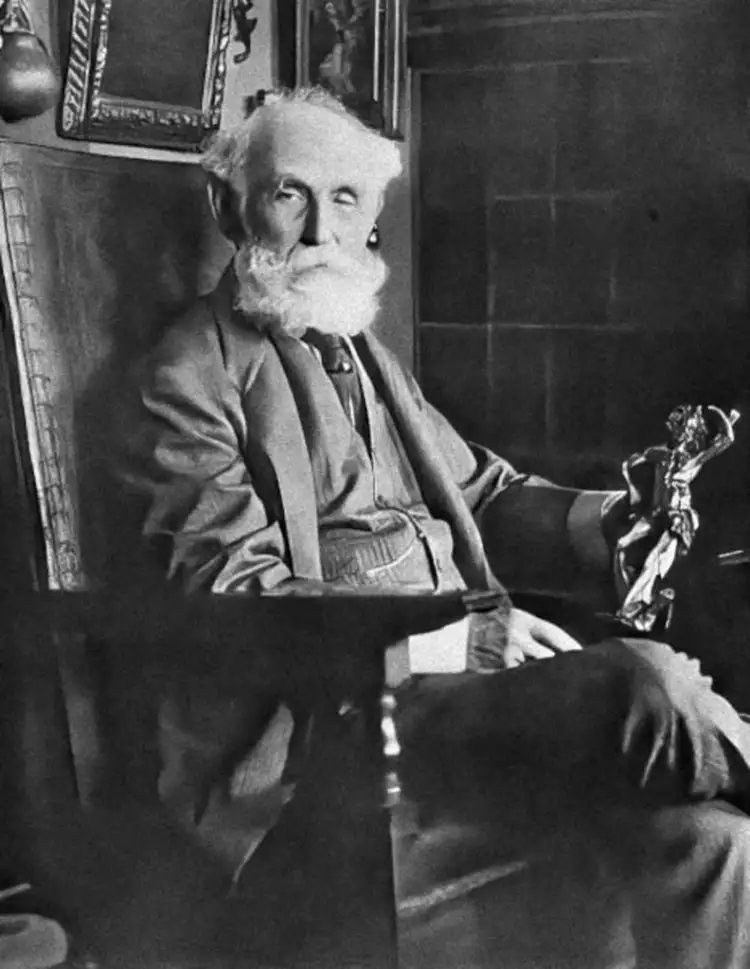
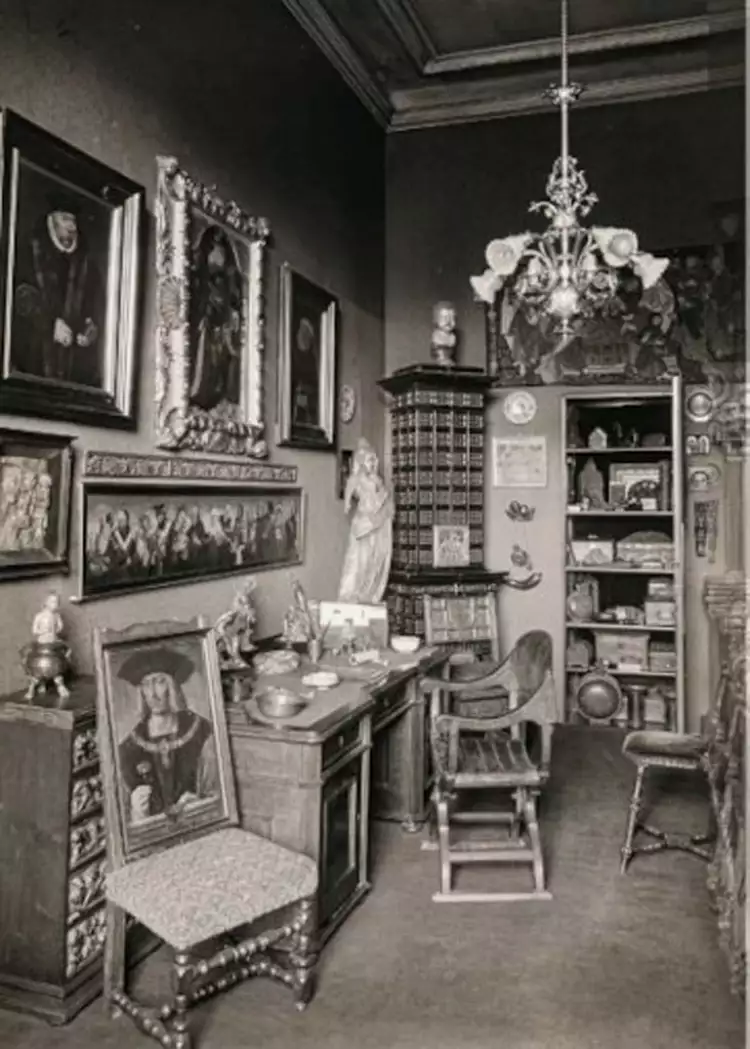
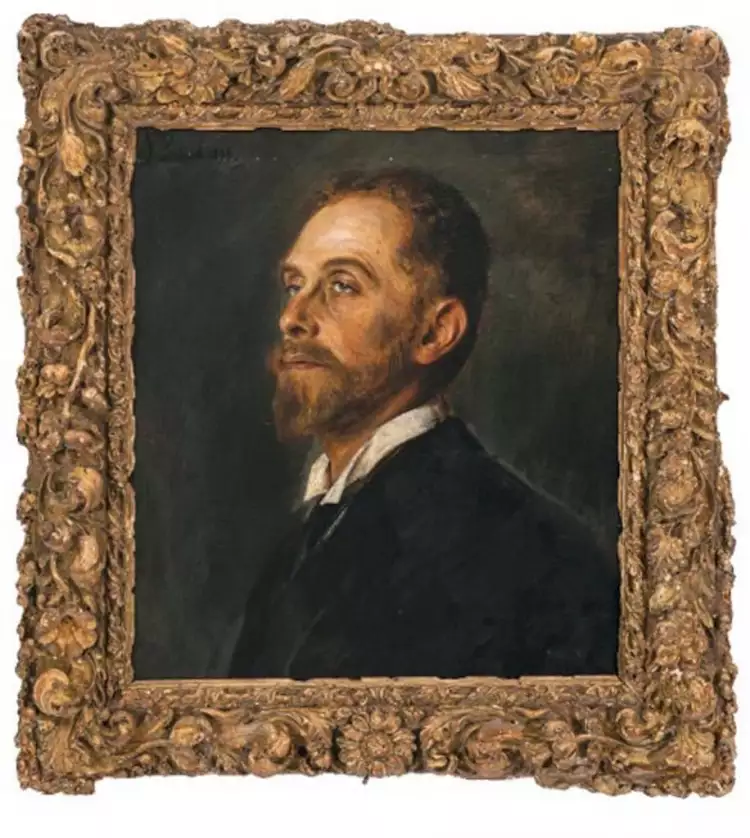
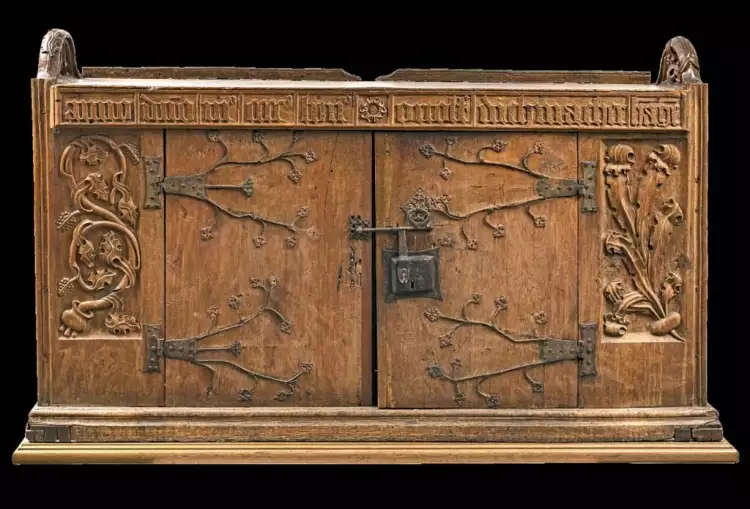
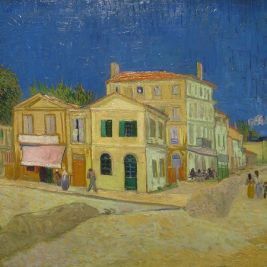 The painting "The Yellow House" by Vincent van Gogh is a dwelling of light in the artist's work
The painting "The Yellow House" by Vincent van Gogh is a dwelling of light in the artist's work  The painting "Cross in the Mountains" ("Tetschen Altar") by Caspar David Friedrich is an attempt to convey the presence of God through the elemental force of nature
The painting "Cross in the Mountains" ("Tetschen Altar") by Caspar David Friedrich is an attempt to convey the presence of God through the elemental force of nature  Innovative Skyscrapers Reshaping Urban Skylines
Innovative Skyscrapers Reshaping Urban Skylines 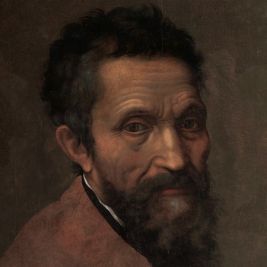 Top 10 Most Iconic Sculptors in the World
Top 10 Most Iconic Sculptors in the World  The most famous Russian artists who worked from the 17th to the 20th century
The most famous Russian artists who worked from the 17th to the 20th century  Fernando Botero is the most famous artist in Latin America
Fernando Botero is the most famous artist in Latin America 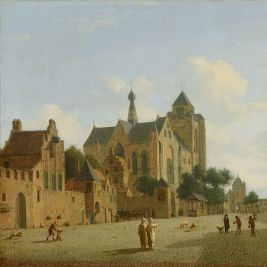 Figurative art and figurativism are antipodes of abstractionism and conceptualism
Figurative art and figurativism are antipodes of abstractionism and conceptualism 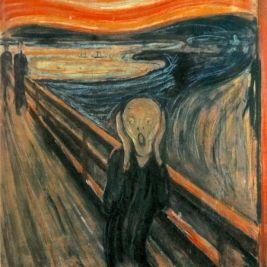 The painting "The Scream" by Edvard Munch is a terrifying prophetic symbol of the 20th century
The painting "The Scream" by Edvard Munch is a terrifying prophetic symbol of the 20th century 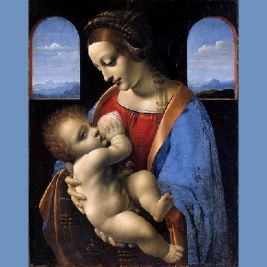 Renaissance is an era of great names
Renaissance is an era of great names  Luxury Cars at Monterey Auctions: A Showcase of Iconic Vehicles
Luxury Cars at Monterey Auctions: A Showcase of Iconic Vehicles